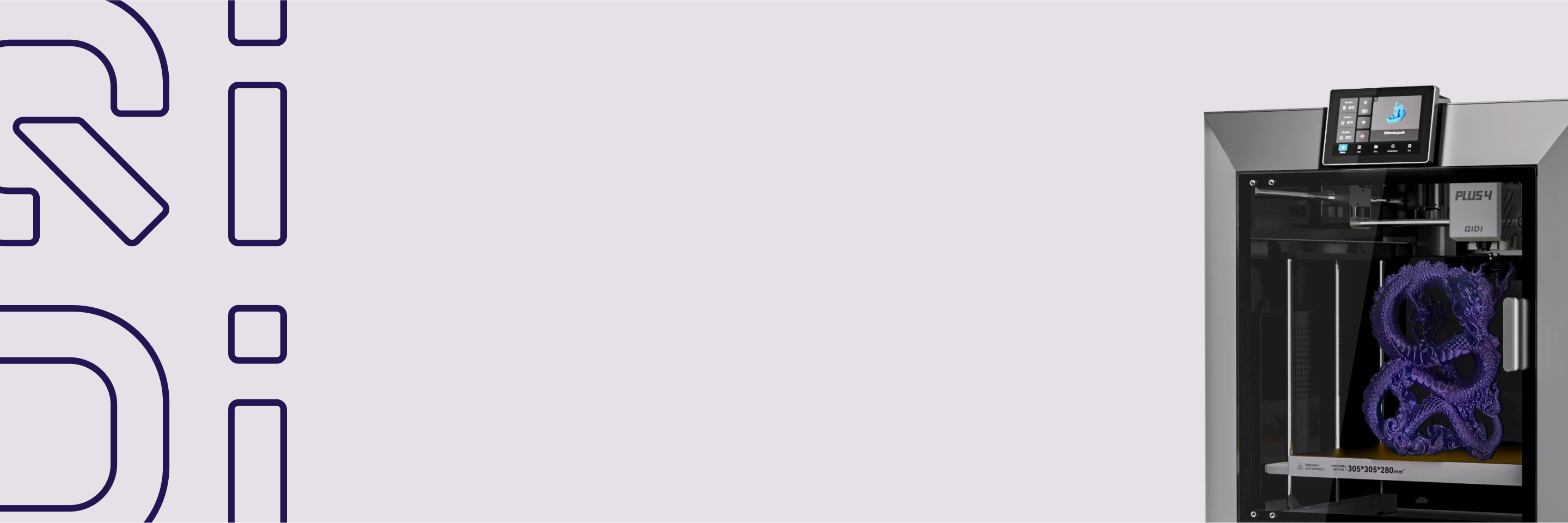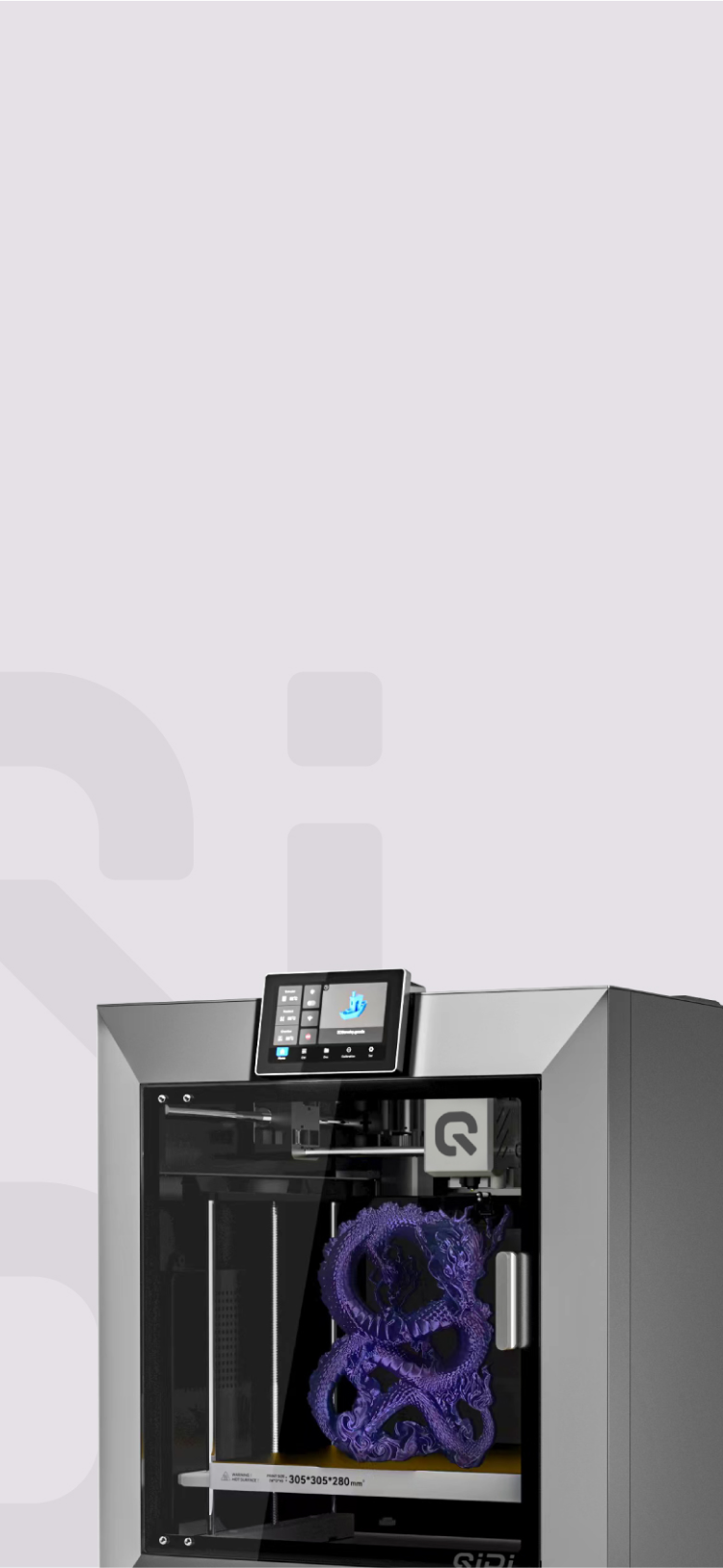FDM vs FFF 3D Printing: What is the Difference
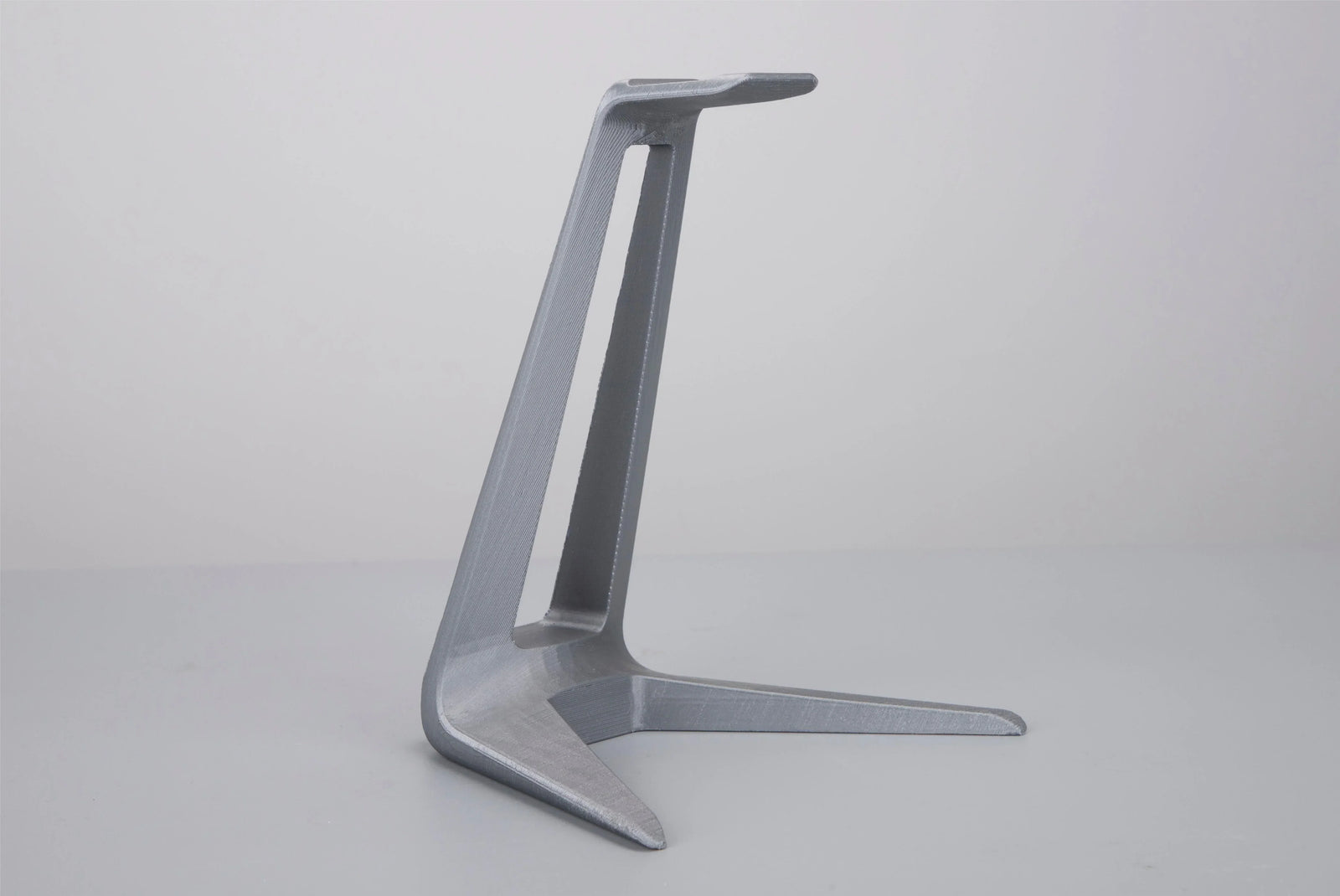
FDM and FFF are two of the most widespread 3D printing technologies that create objects layer-by-layer using thermoplastic filaments, though the terms represent distinct approaches. Whether you're a hobbyist, maker, or industry professional, grasping the nuances between FDM and FFF is crucial to making informed decisions on the most suitable technology for your specific needs, ensuring optimal results while maximizing resources.
| Aspect | FDM (Fused Deposition Modeling) | FFF (Fused Filament Fabrication) |
|---|---|---|
| Material Flexibility | Limited to proprietary filaments. | Can use any brand or type of thermoplastic filament. |
| Print Quality and Precision | Typically high-resolution and precise. | Varies greatly; dependent on printer hardware and calibration. |
| Speed | Generally faster for standard prints. | Dependent on printer; some may outpace FDM for certain geometries. |
| Reliability and Consistency | More reliable with consistent quality. | Requires fine-tuning for consistency. |
| Upfront and Operating Costs | Higher upfront costs due to proprietary systems. | More affordable upfront, with lower cost of entry. |
| Community and Software | Limited software scope; mature slicing software. | Vast community with innovative tools and shared knowledge. |
| Suitability | Ideal for professionals needing precision and reliability. | Great for hobbyists and those wanting material experimentation. |
FDM(Fused Deposition Modeling)
How It Works
FDM is a 3D printing process where a thermoplastic filament is melted and extruded through a heated nozzle. The molten material is deposited layer-by-layer onto a build platform, solidifying as it cools to create the desired 3D object.
A spool of filament feeds into the extrusion head, where it's heated and melted. The nozzle moves in a programmed pattern, precisely depositing the molten plastic onto the build plate. Each layer cools and hardens before the next layer is printed on top, gradually building up the 3D model.

Key Advantages
- Affordability: FDM printers are generally more cost-effective compared to other 3D printing technologies, making them accessible for hobbyists, educators, and small businesses.
- Material Versatility: FDM supports a wide range of thermoplastic filaments like PLA, ABS, PETG, and more, allowing users to choose the most suitable material for their project.
- Ideal for Prototyping and Low-Volume Production: FDM strikes a balance between quality, speed, and cost, making it excellent for rapid prototyping and small production runs.
Potential Drawbacks
- Support Structures Required: Overhanging or bridging geometries require support structures, as the molten plastic cannot be deposited in mid-air. These supports need to be removed post-printing, which can be time-consuming and may leave marks on the object.
- Slower Print Speed: Compared to some other 3D printing technologies, FDM printers generally have slower print speeds, especially for intricate or large models.
FFF (Fused Filament Fabrication)
How It Works
Just like FDM, FFF 3D printing works by melting a thermoplastic filament and extruding it through a heated nozzle layer-by-layer to build up a 3D object on a build platform. A spool of filament feeds continuously into the hot end, where it melts and is deposited by the moving print head in a pre-programmed pattern. Each layer fuses with the previous one as it cools and solidifies.

Key Advantages
- Open Material Ecosystem: FFF 3d printers can use filaments from any manufacturer, not just proprietary materials, giving access to a wide range of plastics.
- Vibrant Community: The open nature of FFF has fostered an active community developing new hardware, software, and innovative materials.
- Affordable Options: Many low-cost desktop FFF 3d printers are available from hobbyist-level to professional grade.
Potential Drawbacks
- Variance in Quality: Print quality can vary significantly between different FFF printers and slicing software/settings.
- Calibration Challenges: Achieving optimal results often requires careful calibration of print settings for each specific printer.
- Material Limitations: While versatile, FFF may not support advanced materials like PEEK or ULTEM without hardware modifications.
Comparison of FDM and FFF
Material Flexibility
- FDM 3d printers are typically limited to using proprietary filaments from the manufacturer, restricting material choices.
- FFF allows virtually any brand or type of thermoplastic filament, giving users an open ecosystem to experiment with unique specialty materials.
Print Quality and Precision
- Professional-grade FDM printers excel in producing high-resolution prints with precise dimensions and minimal visible layer lines.
- For FFF, print quality can range from rough drafts to extremely refined results, highly dependent on the specific printer, calibration, and settings used.
- FDM printers often include advanced hardware like heated build chambers for better layer adhesion and truer part geometry.
Speed
- Higher-end FDM 3d printers are generally faster for standard prints compared to desktop FFF models.
- However, some premium FFF 3d printers with optimized hardware can achieve very rapid print speeds, potentially outpacing FDM for certain geometries.
Reliability and Consistency
- With their quality-controlled materials and robust mechanics, FDM printers provide reliable and consistent print results.
- FFF 3d printers can require more fine-tuning and experimentation to achieve consistent quality across different models and materials.
Upfront and Operating Costs
- FDM systems have higher upfront costs for the hardware and proprietary filament materials.
- FFF 3d printers and third-party filaments are generally much more affordable upfront, lowering the cost of entry.
Community and Software
- FDM slicing software is mature but relatively limited in scope.
- The open FFF ecosystem has spawned a vast community creating innovative slicing tools, printer mods, and sharing knowledge.
With this information, users can make a more informed decision aligning with their requirements and priorities.
How to Choose: FDM vs FFF

For Hobbyists and Makers
- FFF is an appealing choice if you're looking to get started with 3D printing on a budget and want the flexibility to experiment with different materials.
- The open nature of FFF allows tinkering, modding printers, and sharing knowledge with a vibrant community.
- However, if consistent high-quality results are a top priority, consider investing in a reputable FDM printer from an established brand.
For Professionals and Businesses
- In industrial or commercial settings where repeatability and dimensional accuracy are critical (e.g. prototyping, product development), FDM 3d printers excel by offering reliable, predictable output using quality-controlled materials.
- The higher upfront costs of FDM can be justified by the time and material savings from minimizing failed prints and reworks.
- As high-end FFF 3d printers continue improving, they may become viable for professional use, especially where exploring unique materials or reducing recurring material costs is beneficial.
Evaluate Your Needs
- Determine your priorities - is affordability, material experimentation, or maximum precision/reliability more important?
- Consider your expertise level and willingness to tinker and fine-tune settings for optimal FFF results.
- Look at the available options fitting your budget from trusted brands or active community support.
- Don't overlook the total cost of ownership including materials, maintenance, and training.
The choice ultimately depends on weighing factors like budget, quality requirements, material flexibility needs, and goals (e.g. hobby, production). By understanding the strengths of each technology, you can select the ideal solution in alignment with your circumstances.
Unleash Your Creativity by Finding the Perfect 3D Printing Fit
While FDM excels in reliable high-resolution output using proprietary materials, ideal for professional applications, FFF offers an affordable open ecosystem perfect for hobbyists and makers to experiment freely with materials. Explore the possibilities of both FDM and FFF to unlock your creative potential today.

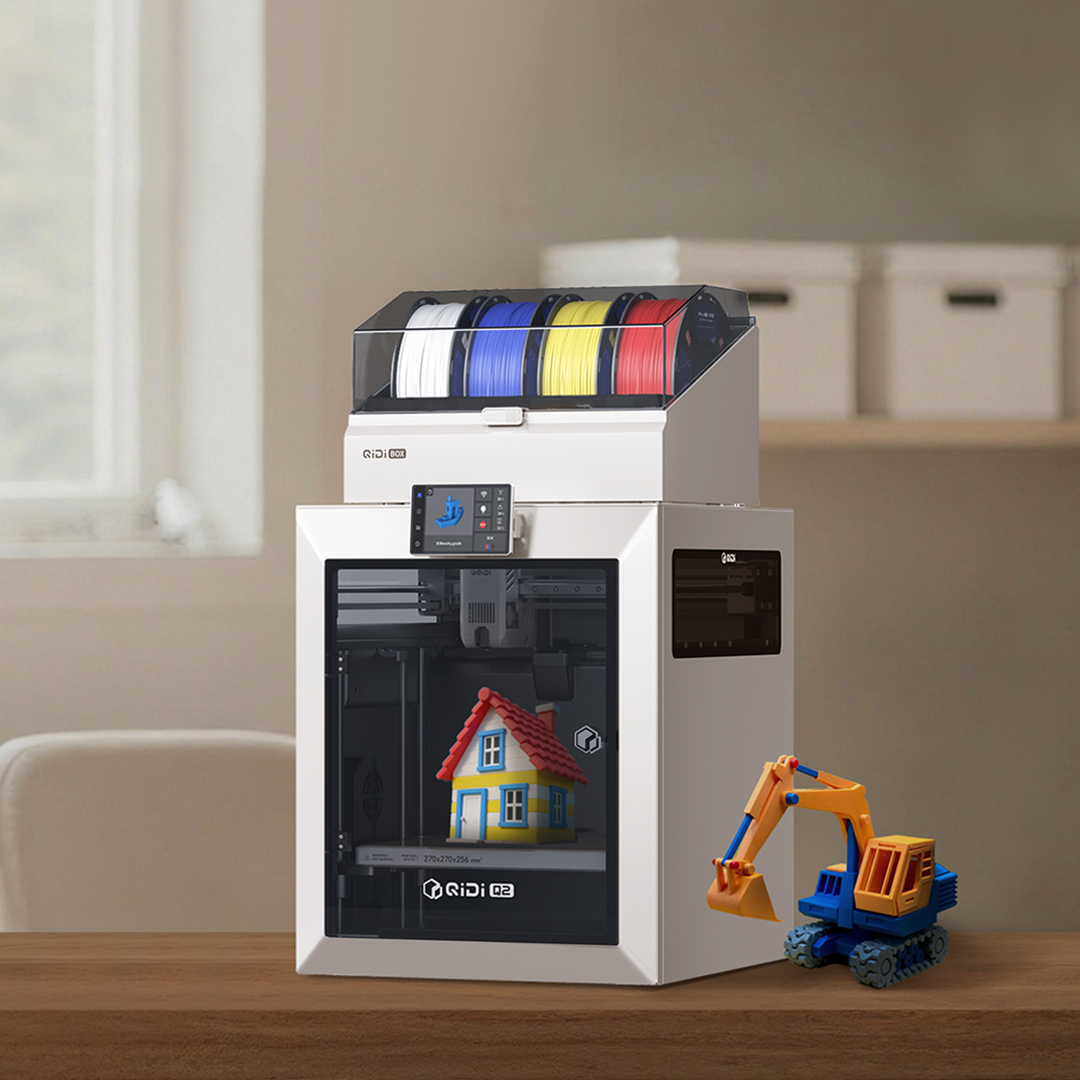 Q2
Q2
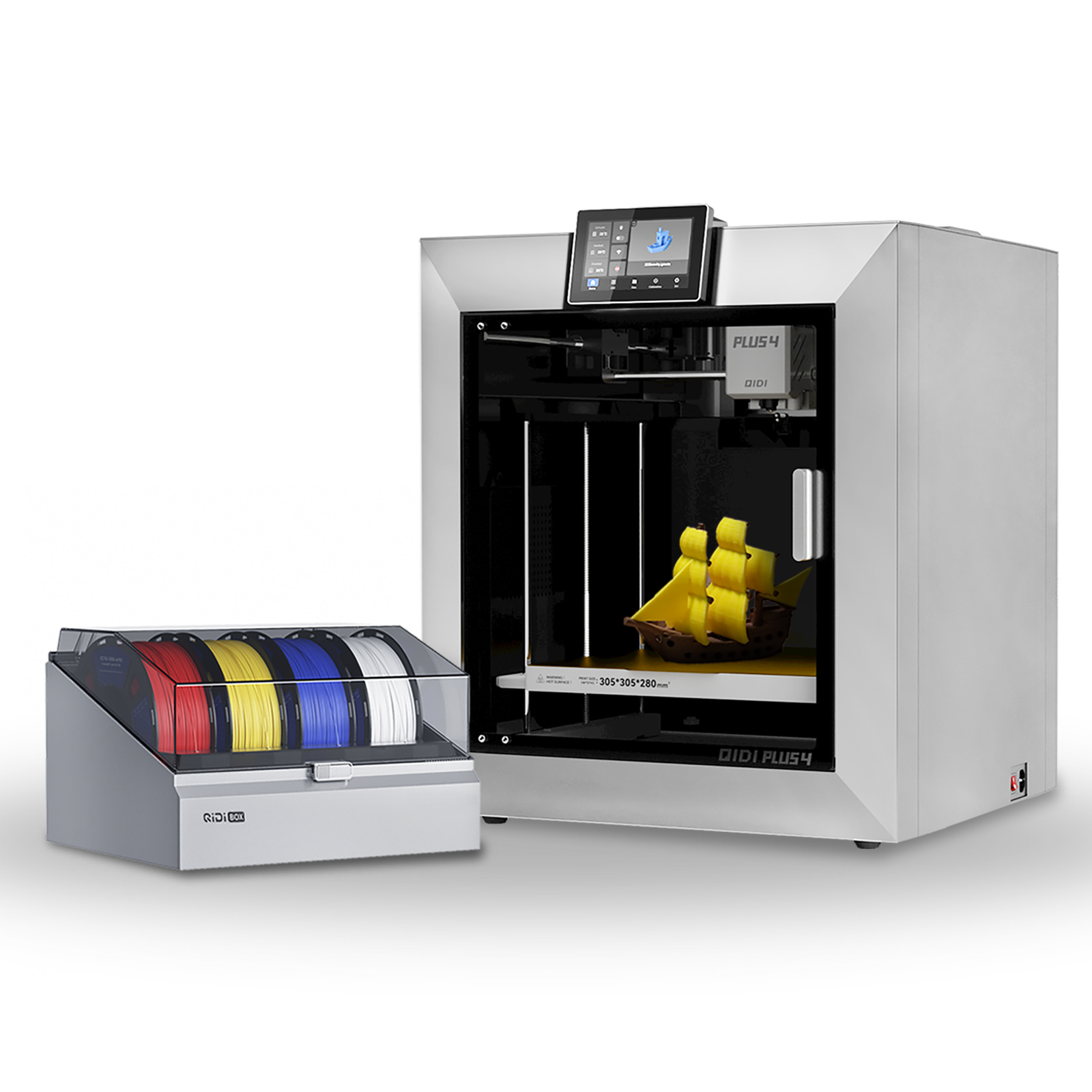 Plus4
Plus4
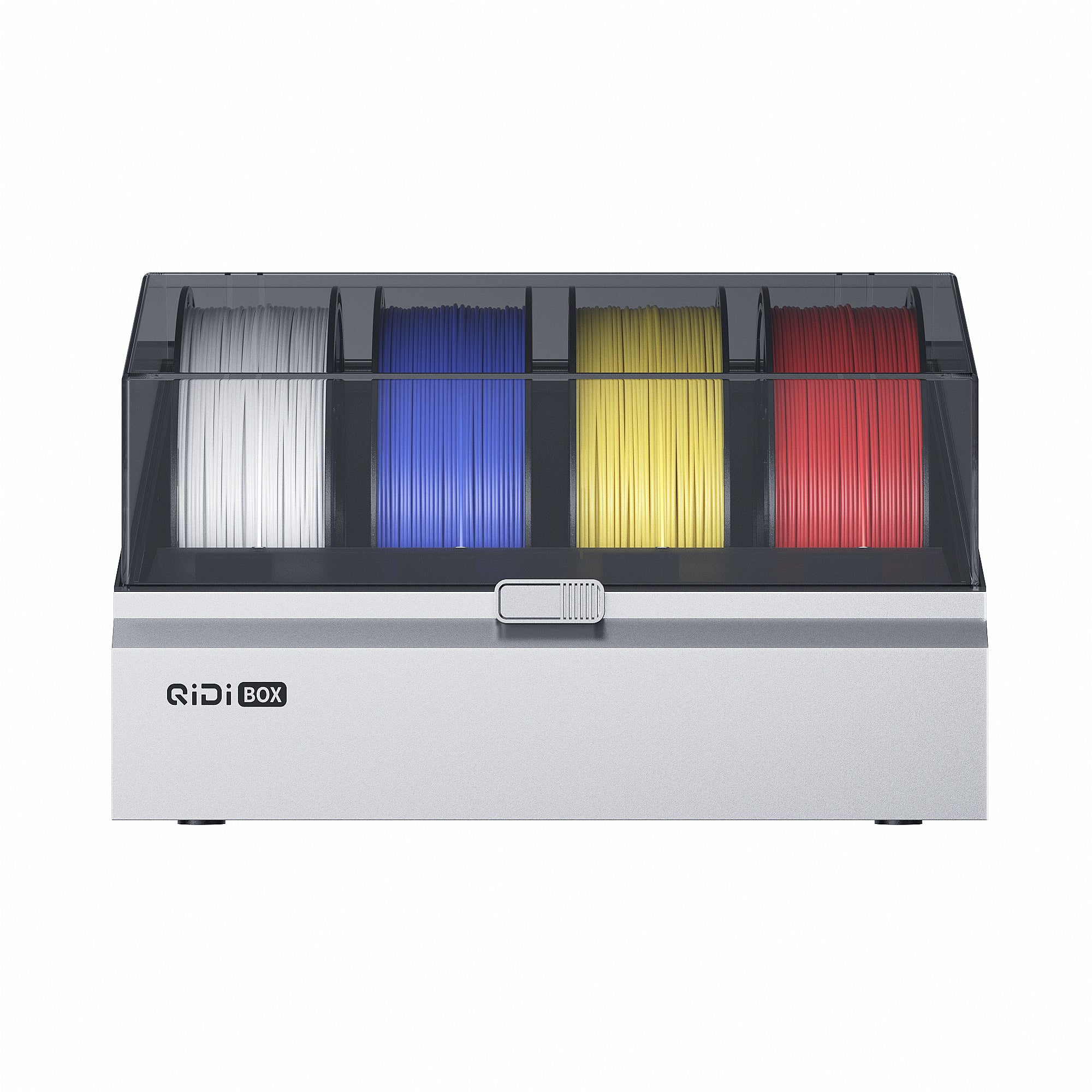 Qidi kast
Qidi kast
![[Qidi X-CF Pro, speziell für den Druck von Kohlefaser und Nylon entwickelt] - [QIDI Online Shop DE]](http://eu.qidi3d.com/cdn/shop/files/3034a1133efe01daba919094b70c6310.jpg?v=1750300120) Q1Pro
Q1Pro
![[Qidi X-CF Pro, speziell für den Druck von Kohlefaser und Nylon entwickelt] - [QIDI Online Shop DE]](http://eu.qidi3d.com/cdn/shop/products/X-MAX3-3D-Printer-02.png?v=1750300138) Max3
Max3
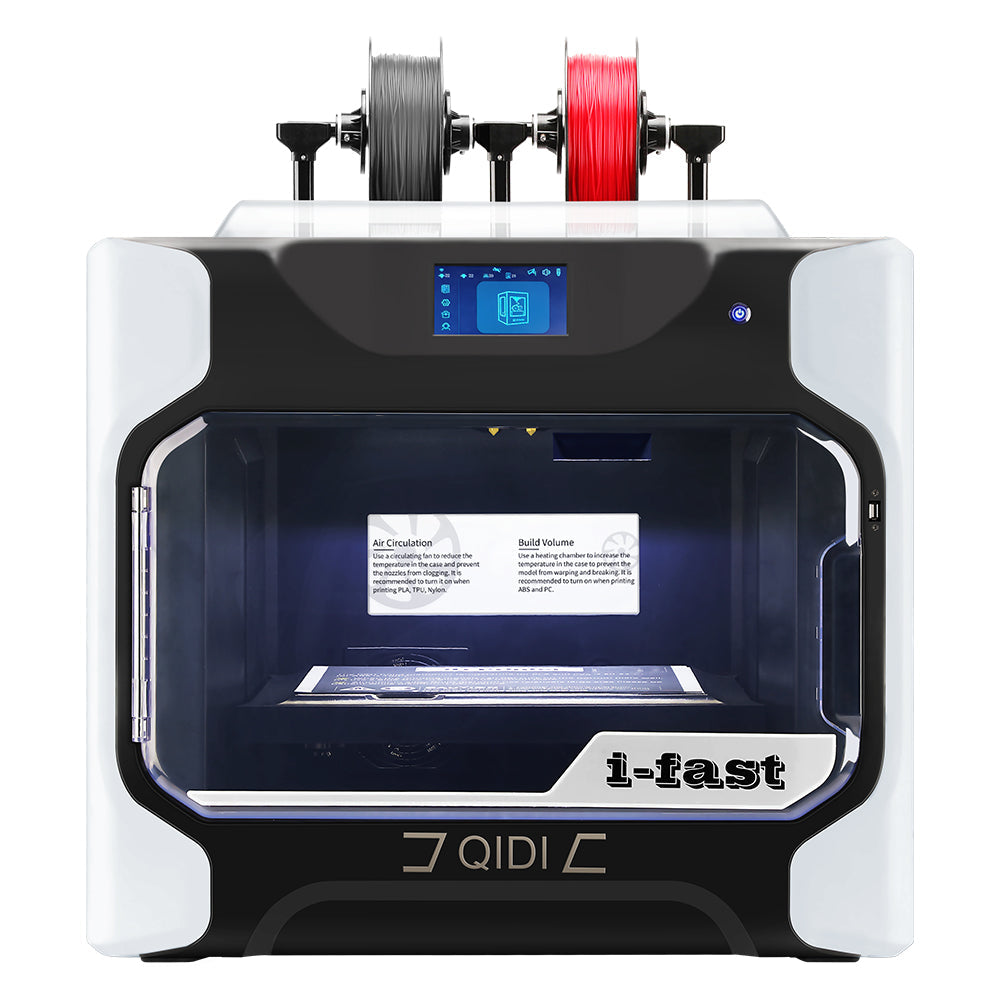 I-Fast
I-Fast
